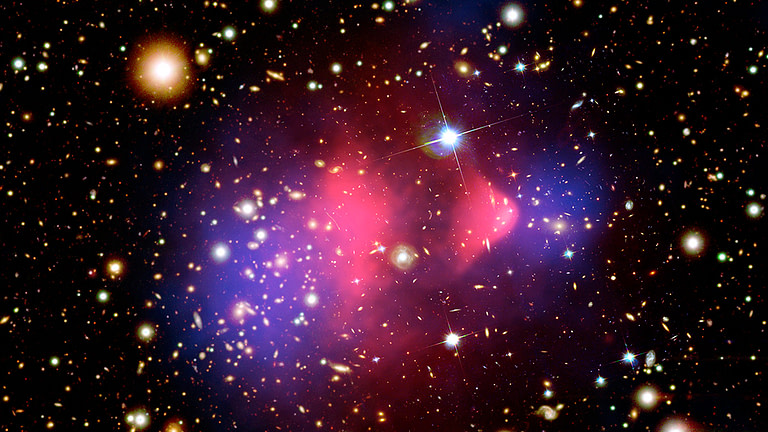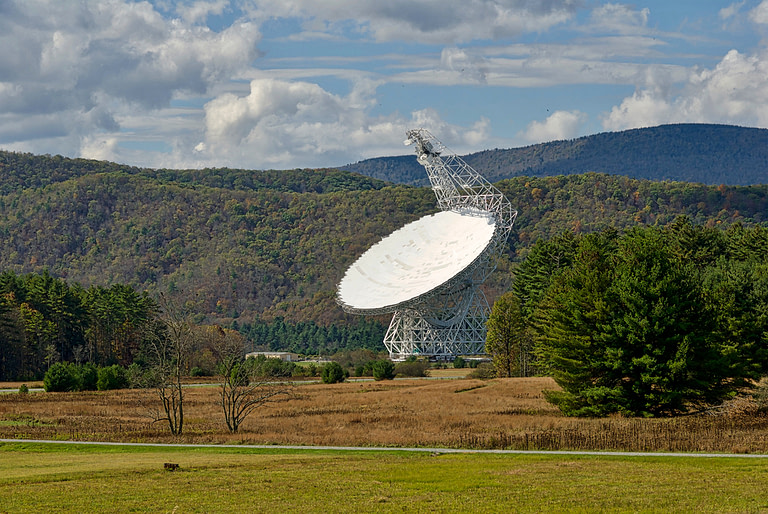Researchers at the University of Georgia are using artificial intelligence to help them find exoplanets. Exoplanets, or planets outside our solar system, have been discovered since the 1990s and now number in the thousands. But finding these distant worlds is a difficult task that requires sifting through vast amounts of data from telescopes around the world.
Now, researchers at UGA’s Center for Simulational Physics are leveraging AI to make this process easier and more efficient. The team has developed an algorithm that can detect subtle changes in light coming from stars—changes which could indicate a planet orbiting it. This algorithm was trained on data collected by NASA’s Kepler Space Telescope mission and then tested on simulated datasets created by UGA scientists.
The results were promising: The AI-based method was able to identify planets with greater accuracy than traditional methods used by astronomers today. It also identified some potential new candidates for further study that had not been detected before using other techniques.
This research is part of a larger effort at UGA to use machine learning and AI technologies to solve complex problems in astronomy and astrophysics, such as understanding how galaxies form or detecting signs of life beyond Earth. By harnessing powerful computing resources available today, researchers hope they can unlock secrets about our universe faster than ever before possible—and perhaps even discover new worlds along the way!
At UGA’s Center for Simulational Physics (CSP), researchers are utilizing Artificial Intelligence (AI) technology in order to facilitate their search for exoplanets – planets located outside our own Solar System – which have been discovered since the 1990s numbering into thousands already found so far but still remain difficult targets due to having large amounts of data needing sifted through from various telescopes all over the world.. To aid this process CSP has developed an algorithm capable of recognizing minute changes in light emitted from stars potentially indicating a planet orbiting it; this same program was trained on information gathered by NASA’s Kepler Space Telescope mission followed up with testing done via simulated datasets created within CSP itself yielding positive results where its accuracy rate surpassed those achieved through conventional means currently employed by astronomers worldwide while simultaneously discovering previously undetected potential candidates requiring further investigation too!
This project forms part of a wider initiative taking place within CSP involving Machine Learning & AI being applied towards resolving intricate issues related to Astronomy & Astrophysics like comprehending galaxy formation processes plus searching out evidence pointing towards life existing beyond Earth; thanks largely due advances made regarding computer power availability nowadays allowing experts heretofore unknown insights into what lies beyond us quicker than ever thought imaginable possibly leading onto discovery brand new worlds as well!
University of Georgia






